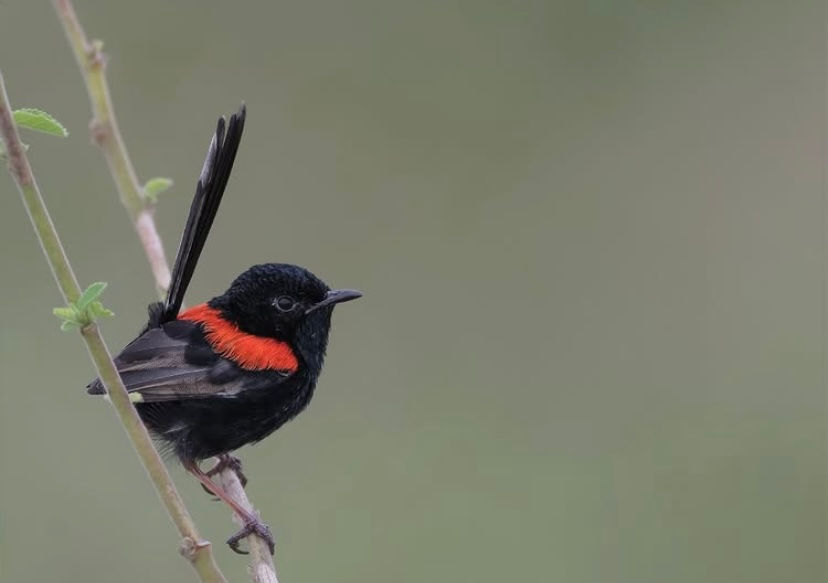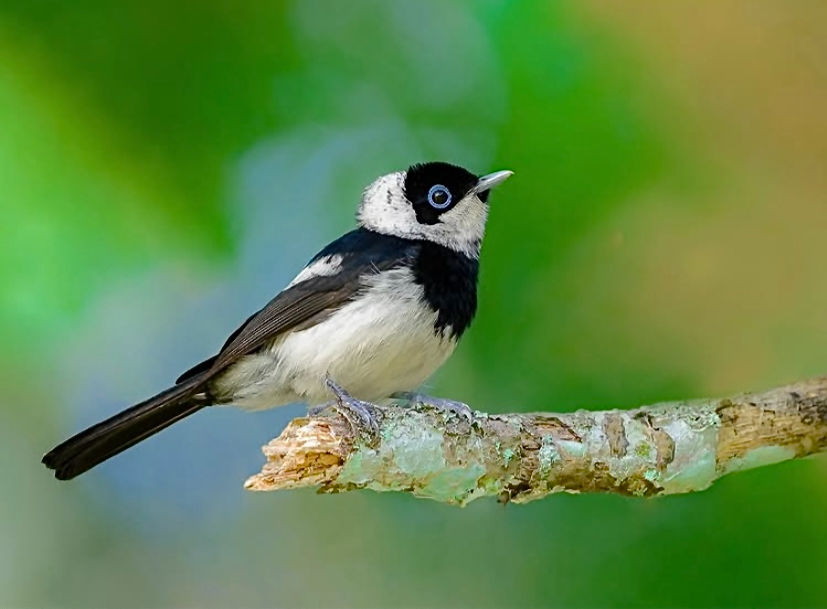Hasties Swamp Monthly Bird Survey: July 2025
- Lesley Deacon

- Jul 31
- 3 min read
Lesley Deacon | Guest Contributor
Friday 4th July 2025 brought the first spell of cold on the Tablelands for this winter. The drive in towards Atherton was just magic, with the mountains wrapped in cloud glowing pink and gold with sunrise reflections and tall, pale-trunked Eucalypts rising from beds of swirling mist.
The temperature dropped as low as 7 degrees C in the hollows, but was an almost respectable 10 degrees C by the time we reached the Hasties Swamp carpark. Most birders were attired in the winter garb of long pants, puffer vests, scarves and beanies.

Larger numbers of Magpie Geese are using the lagoon as a roosting area and hundreds of them flew in after their early morning feeding. They were outnumbered though by approximately 1,600 Plumed Whistling-Duck. There was a constant cacophony of whistling. There is one leucistic individual among them, possibly the same individual as seen last year, and it is a little quest to find him on each visit.

We could hear Crane in the paddocks in the farmland to the south and when a group took to the air, an identifying photo by Louise had them confirmed as Sarus Crane. Another smaller group was unable to be identified, and there were many more calls emanating from somewhere not too far away. But the Sarus Crane is here and a drive around the usual bare paddocks in the district should result in good sightings.
After commenting last month about only the Forest and Azure Kingfishers remaining during winter, one of our spotters thought he saw a Little Kingfisher dive from an overhanging branch into the water. We were skeptical and convinced him that he was mistaken. However, when Jen spied a teeny tiny Kingfisher sitting on a stalk among the waterlilies, it turned out not to be an Azure, but Leonard’s Little Kingfisher. What a treat to see one this time of year. And especially a treat for the stalking and fishing it performed right in front of us – 50 m closer for clear photographs would have been good, but you can’t have everything.

The Red-backed Fairywren have been hiding of late, but we were delighted to see three males in fresh dark plumage calling boldly from fence-wire vantage points. And, of course, the busy little females were darting through the long grass around them.

There was some flowering right up high in the upper canopy and this had no doubt drawn the nine different types of Honeyeater recorded here at Hasties Swamp, including the Eastern Spinebill. The latter is usually quite uncommon here in the thicker forest. The insects feeding in the flowers are also a great protein source for the small Gerygone and Silvereye.
Another uncommon bird was the Pied Monarch. The Black-faced Monarch has gone for its winter vacation, but the Australian Spectacled Monarch is found here year round. We were rather excited though to see the Pied Monarch pair darting and feeding through the lower canopy.

We found the White-cheeked Honeyeater flying back and forth to the nest that was built last month. So there are still young being fed – a great result for this late nesting. Even though the nest is quite close to the road, it is impossible to see it in the tangle of long grass. On the adjoining property some fencing has been done and a lot of vegetation removed on the property border. It is a small happy miracle the nest has survived though this.
Despite the initial admission that due to the cold, biscuits would be handed out for 30 species, we actually recorded more than twice that number. There were not great individual numbers of birds if you disregard the Magpie Geese, Plumed Whistling-Duck, Little Black Cormorant, Hardhead, Brown Gerygone, and Silvereye, but there was a very broad variety of species. It was a great birding morning considering it was the middle of winter.




